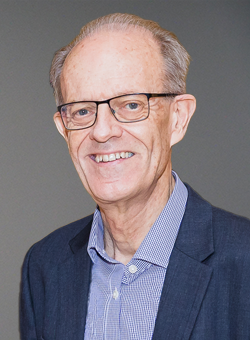Biofilm Biology


Unravelling the mechanisms behind biofilm establishment and functioning is key to integrating engineering and life sciences. SCELSE has adopted a novel and powerful experimental bottom-up approach using model systems – designing habitat specific biofilms in the laboratory – to address defined biofilm-environment interactions in micro-scales.

Prof Staffan KJELLEBERG
Professor, School of Biological Sciences, NTU
The Project
SCELSE’s research areas that focus in this cluster includes the role of chemical signals that allow biofilm members to communicate, and the exopolymeric matrix that builds the biofilm “house”. For example, the chemical signals and signal antagonists that build and disperse biofilms will be analysed. This research capitalises on the strength of SCELSE members who were among the first to identify such chemical communication modules. Community dynamics are studied and controlled using these small molecules in our defined biofilm systems. SCELSE’s cross-cluster approach also allows for bioprocess biofilm systems to be understood from this perspective.
A key feature of the biofilm matrix is protection, and research in this cluster is aimed at enhancing or mitigating the biofilm “shield” against environmental stresses, including predation, in both environmental and medical settings.

Goal
Biofilms are central to all microbially-induced diseases and may become chronic. Important hallmarks of biofilm infections include extreme tolerance to the action of conventional antimicrobial agents and an almost infinite capacity to evade host defense systems, in particular innate immunity. This is strikingly similar to the behavior of environmental biofilms that allow bacteria to resist a multitude of environmental stresses including predation. Another obvious commonality between chronic infections and pathogens in environmental and engineering bioprocess settings is that traditional methods for detection and enumeration greatly underestimate their actual presence because they live in the “concealed” biofilm state. Unraveling mechanisms bacteria use to survive encounters with environmental predators and “host organism predators” (e.g. the cellular immune system) enables us to understand how primary, as well as how opportunistic pathogens are able to be concealed and how they survive and disseminate from the environment to humans.
High resolution imaging technologies enable important discoveries relating to biofilm three dimensional architecture and communal bioprocesses.


